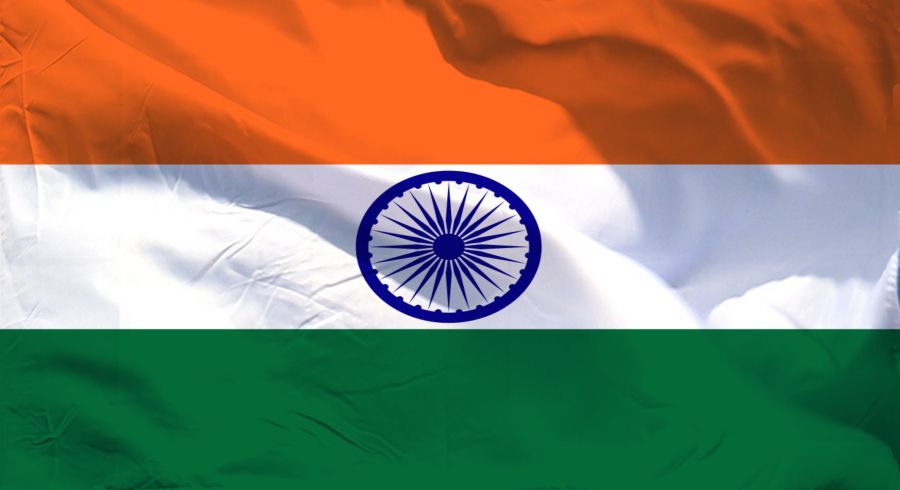EXTRAORDINARY LEGISLATIVE ELECTIONS IN INDIA | |
A logistical challenge for the country nicknamed “the largest democracy in the world”. In total, 968 million Indians out of 1.4 billion inhabitants are expected to elect the 543 members of the lower house, more than the total population of the United States, the EU and Russia combined. . Ballots across the country will be counted on June 4. Results are usually announced the same day. More than six weeks of voting The vote will therefore be spread over 44 days, or more than six weeks. It started on April 19 and will end on June 1, the Election Commission of India announced at a press conference on March 16. Throughout this period, voters will be asked to vote in stages, depending on the state or territory where they live. In total, there will be seven voting phases: April 19, April 26, May 7, May 13, May 20, May 25 and June 1. And to add complexity, if some of the 29 states and seven territories that make up the federation will vote in one day, others, notably Uttar Pradesh, will vote in several. However, the same electoral system applies everywhere: a first-past-the-post ballot. Each voter chooses a candidate from among all those proposed to him and the one who receives the most votes is declared elected. A total of 543 seats in the Lok Sabha, the lower house of the Indian parliament, are up for grabs for a five-year term. In addition, there are two seats reserved for the Anglo-Indian community, whose members are appointed by the Indian president. In a country long dominated by the caste system, 84 of the 543 seats are reserved for candidates from scheduled castes - that is to say Dalits (or Untouchables), in order to ensure their representativeness. On the other hand, although the Indian government passed a bill in September aimed at reserving a third of seats for women, it will take several years before this measure comes to fruition. Currently, female MPs represent only 15% of Parliament. A multi-party democracy but two dominant parties A multi-party democracy, India has around 2,660 registered political parties. More than 8,000 candidates will try to run for a parliamentary mandate under the labels of these multiple groups. In 2019, only 36 parties managed to send at least one representative to the Lok Sabha. But in reality, two parties dominate Indian political life: the nationalist BJP of Narendra Modi, and the Congress Party, the main opposition party long led by the family of Nehru Gandhi. He advocates “securalism”, that is to say the benevolence of the State towards all religions. To establish their influence in Parliament, everyone is at the head of coalitions. The BJP is thus the main component of the National Democratic Alliance, a formation classified to the right and the center right, and the Congress is for its part at the head of the United Progressive Alliance, classified to the center left. Hindu nationalist Prime Minister Narendra Modi is almost certain – in the face of struggling opposition – to win these elections extended over six weeks. He is still very popular after two terms during which India increased its diplomatic influence and economic weight. In 2019, the BJP won an overwhelming victory with 303 seats and its coalition, 353. The Congress party, for its part, had obtained 52 seats, and 91 with its allies. If Prime Minister Narendra Modi, 73, wins this new election, he will sign for fifteen years at the head of India. However, after a decade in power, he enjoyed an 80% favorable opinion, according to a Pew survey published last year. | |
| Jaimie Potts for DayNewsWorld | |
 |
|




